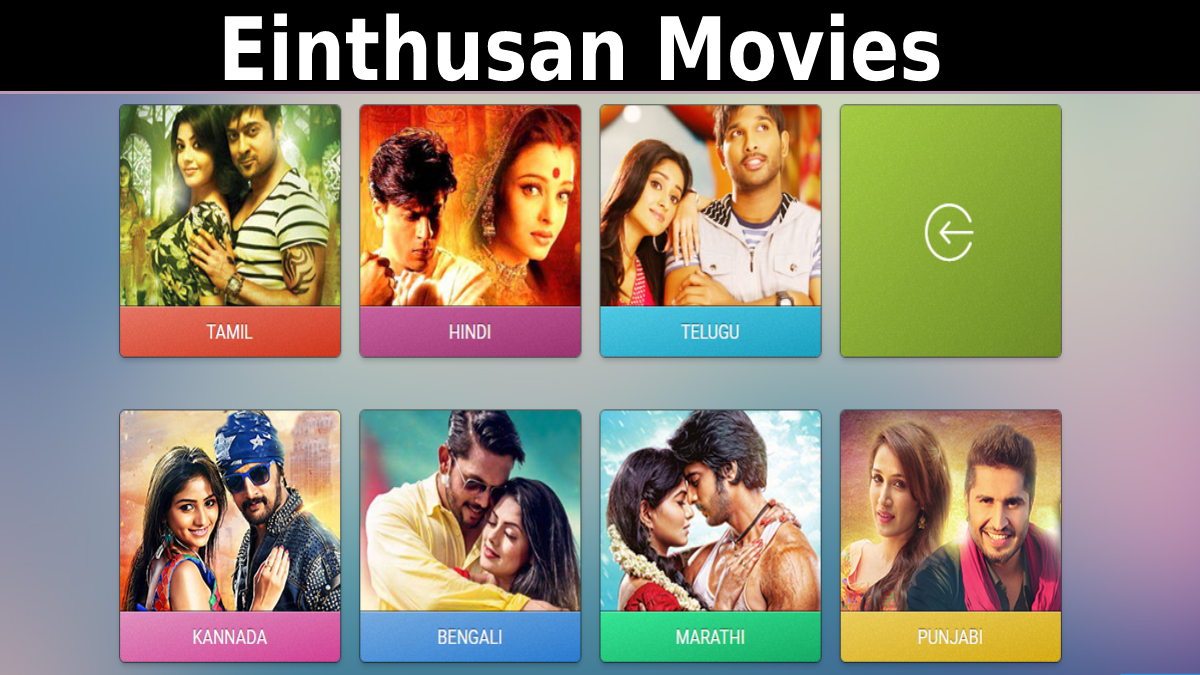Animation is a complex art form, requiring careful planning, creativity, and the right tools to bring stories to life. Whether you’re a seasoned animator or just starting out, sketching is one of the most important and foundational steps in the animation process. In this article, we’ll explore how sketching serves as a crucial starting point for successful animation projects, offering both traditional techniques and modern advancements like AI tools to help streamline your workflow.
Why Sketching is Essential in Animation
Before diving into the world of digital tools, special effects, or animation software, every successful animation begins with a sketch. Sketching allows animators to quickly explore ideas, visualize concepts, and define key elements of the story. Here’s why it’s indispensable:
- Visualizing Ideas: Animation is about telling a story, and sketches are one of the fastest ways to translate thoughts into visuals. Through sketching, you can develop characters, scenes, and actions, allowing you to “see” the animation before committing to the time-consuming and expensive process of animating each frame.
- Creating the Blueprint: Think of sketches as the blueprint for an animation project. They lay the foundation for storyboarding, which will later guide the entire production process, from creating keyframes to determining camera angles.
- Simplifying Complex Ideas: Animation can often feel overwhelming because it involves bringing complicated sequences to life. Sketches simplify complex ideas into basic visuals that can be refined later. You don’t have to worry about details—focus on getting the essence of your idea onto paper.
- Exploring Multiple Ideas: Through sketching, you can quickly experiment with different designs, storylines, and settings. This freedom allows you to choose the best possible direction for your animation project.
The Role of Sketching in Storyboarding

Once your initial sketches are complete, it’s time to move on to storyboarding. A storyboard is a series of illustrations that map out the sequence of events in an animation, essentially serving as a visual script.
How Sketching Feeds into Storyboarding:
- Keyframe Sketches: These initial sketches often become the keyframes in your storyboard, which will define the most important scenes in your animation. They help visualize the story’s flow and structure.
- Character and Scene Design: Your character sketches will evolve into more detailed designs during the storyboarding phase. This process helps ensure consistency across all frames.
- Timing and Action: A storyboard sketch will show how the action flows from one scene to the next, allowing animators to plan out how long each sequence will last and how the animation will unfold.
Incorporating Modern Tools in the Sketching Process
While traditional sketching remains a staple of the animation process, technology has introduced powerful tools that make sketching, storyboarding, and animating more efficient and accessible. One of the most valuable tools for animators today is the AI storyboard generator.
An AI storyboard generator allows you to quickly generate storyboards from your sketches, cutting down on manual work and helping you visualize your scenes even faster. These tools use artificial intelligence to turn rough sketches into digital storyboards, often suggesting scene compositions, camera angles, and transitions that align with your vision. This technology can dramatically streamline the pre-production process, saving animators time and effort.
Practical Tips for Getting Started with Sketching in Animation

If you’re new to sketching for animation, here are some practical tips to help you get started:
- Start with Rough Sketches: Don’t worry about perfection at the beginning. Focus on getting the basic shapes and ideas down. Whether it’s character poses, background designs, or action sequences, rough sketches are the starting point for all your ideas.
- Use Thumbnails for Storyboarding: Thumbnails are small, quick sketches that capture the essence of a scene. These are perfect for storyboarding and allow you to map out your animation’s key moments before diving into the details.
- Experiment with Different Poses: Character animation often requires multiple poses to capture movement. Sketch different poses and experiment with how characters interact with their environment.
- Refine Your Drawings Gradually: Once your rough sketches are in place, start refining them. Focus on details like character expressions, backgrounds, and camera angles. The more refined your sketches, the clearer your animation will be when it moves to the next phase.
- Leverage AI for Efficiency: If you’re working on larger projects, consider integrating an AI storyboard generator. This tool can help speed up your process and bring more precision to your initial sketches, helping you focus on refining the narrative instead of spending too much time on repetitive tasks.
Real-World Examples: How Sketching Leads to Successful Animations
To better understand how sketching contributes to successful animation projects, let’s look at a few real-world examples:
- Pixar’s Animation Process: Pixar is known for its detailed and emotionally engaging films, and sketching is a major part of their process. According to animators at Pixar, their team sketches hundreds of rough concept art pieces before even beginning to animate. These sketches help shape the characters, world, and story, ensuring that all elements work together cohesively.
- The Lion King (1994): One of the most iconic examples of sketching in animation is Disney’s The Lion King. The animators spent months sketching characters, scenes, and landscapes before the animation began. These sketches laid the groundwork for the iconic movie scenes that we all remember today.
- The Role of Storyboarding in Animation Studios: At studios like DreamWorks and Studio Ghibli, animators use storyboarding to ensure that every scene flows smoothly. Storyboards help avoid costly mistakes during production and make sure the final animation is cohesive. These storyboards often start as rough sketches, with scenes being refined and adjusted as the project moves forward.
Conclusion
Sketching is a vital and foundational aspect of the animation process. It not only helps animators visualize their ideas but also serves as a blueprint for the entire animation project. From character design to storyboarding, sketches are essential for refining and shaping an animation project. With the rise of AI tools like the AI storyboard generator, animators have even more resources at their disposal to streamline their process and produce higher-quality work.








